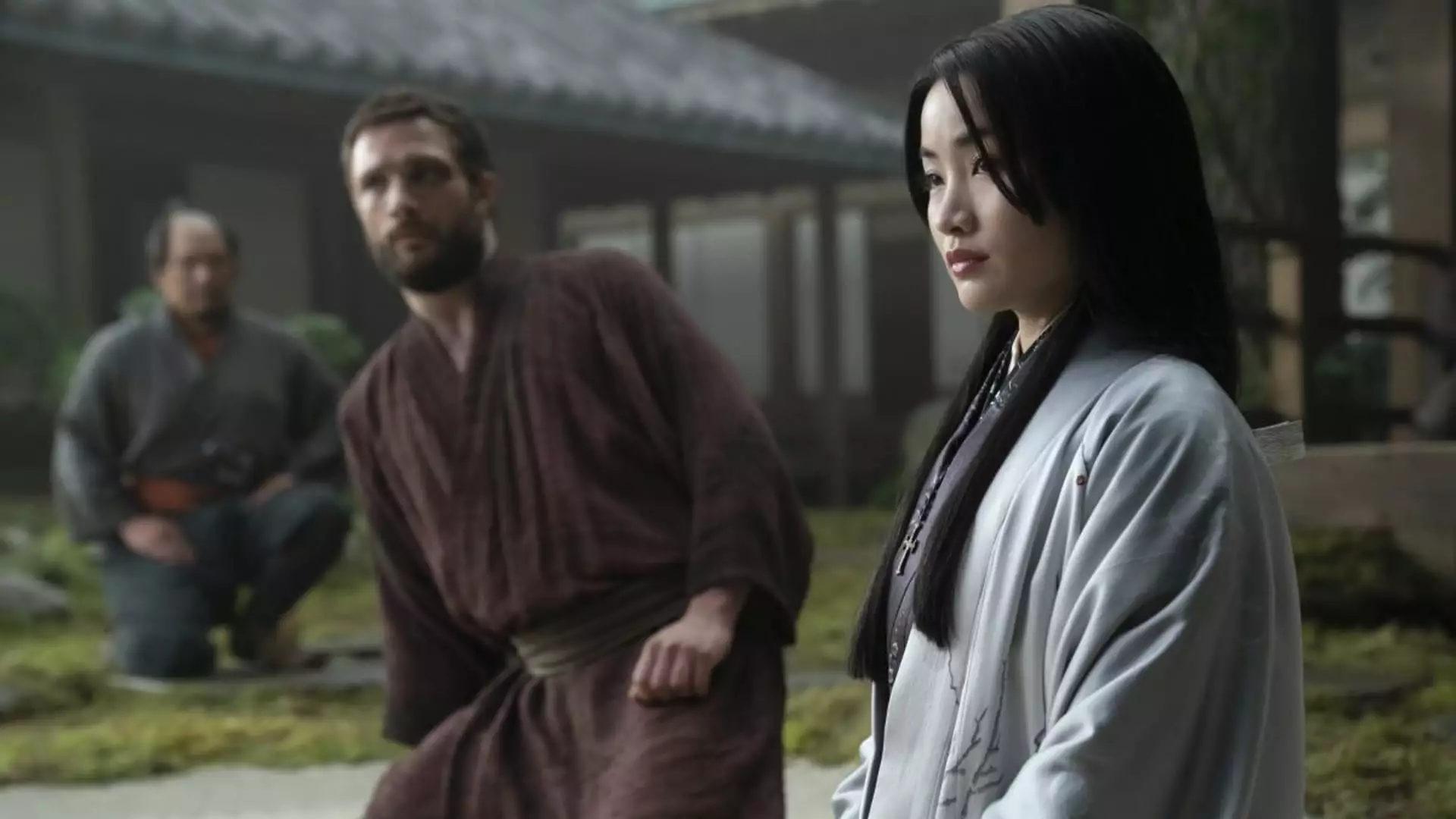As the media landscape continues to shift dramatically, Disney finds itself at a crossroads concerning its traditional TV networks. The company’s chief financial officer, Hugh Johnston, recently communicated the challenges of potentially breaking up Disney’s TV assets, suggesting that the operational complexities involved may outweigh any prospective benefits. This sentiment sheds light on a broader issue in the industry: many traditional networks are grappling with plummeting subscriber numbers and revenue declines, leading to strategic reevaluations.
In the first half of the year, the traditional pay TV sector lost around 4 million subscribers, highlighting an alarming trend. This drop has not only affected revenue but has also sparked conversations among industry leaders about the viability of maintaining such assets. Disney’s traditional TV segment reported a 6% revenue decline in its latest quarter, bringing in $2.46 billion, while profits took a staggering 38% hit, landing at $498 million. These figures demonstrate the growing unease surrounding the traditional cable model, raising the question of whether these assets are still worth holding onto.
Notably, Disney’s predicament isn’t isolated to its operations alone; external pressures have significantly influenced its strategic thinking. CEO Bob Iger’s return to the forefront marked a pivotal change for Disney, pushing for the re-evaluation of the company’s entire portfolio amid pressures from activist investors. In past discussions, Iger had hinted at divesting TV assets in an effort to streamline operations and adapt to consumer demands shifting toward streaming platforms. However, Johnston’s analysis reveals that various aspects complicate a potential separation, reinforcing the notion that the company’s array of assets offers a kind of synergy that might falter if divided.
Similar sentiments are echoed across the industry. Executives at Fox Corp. and Warner Bros. Discovery have expressed reluctance to separate their cable operations entirely. Lachlan Murdoch, CEO of Fox, articulated that dismantling parts of their business could yield unfavorable financial repercussions and lessen promotional synergies. Meanwhile, David Zaslav from Warner Bros. Discovery reaffirmed the traditional networks’ relevance, declaring them an essential vehicle for storytelling, echoing the sentiments of many who believe in the integration of traditional cable with digital distribution as key.
A crucial consideration for Disney is the apparent integration of its traditional cable content with its streaming ambitions. Iger emphasized how the acquisition of Fox’s assets in 2019 not only increased the company’s content library but provided the fuel for its streaming strategy. This interconnectedness illustrates an evolving model where content flows seamlessly across platforms, effectively breaking down the dichotomy between traditional and digital media.
Yet, the skepticism surrounding the effectiveness of such strategies remains palpable. Investors like Nelson Peltz have critiqued this very integration, suggesting that deals may contribute to diminishing shareholder value rather than enhancing it. This scrutiny places additional pressure on Disney to validate its approach and assure stakeholders of a coherent vision that stands to benefit the company in a rapidly diversifying entertainment landscape.
As traditional television continues to face significant disruptions, Disney and its peers are left weighing the value of their cable networks against the backdrop of an increasingly fragmented media environment. The overwhelming consensus appears to be that for now, the complexities and associated costs of separating these networks outweigh the potential advantages.
While the media industry continues to adapt to shifting consumer preferences, companies like Disney must navigate the intricacies of legacy television and emerging digital platforms concurrently. The decisions made in the coming years will not only define the trajectory of these networks but will also shape the future of entertainment innovation and delivery. Thus, the current focus for Disney remains on embracing its multifaceted portfolio while cautiously evaluating its options to create a cohesive and sustainable corporate strategy.

